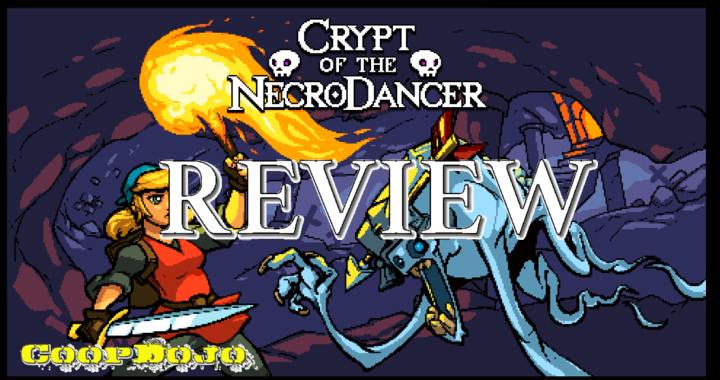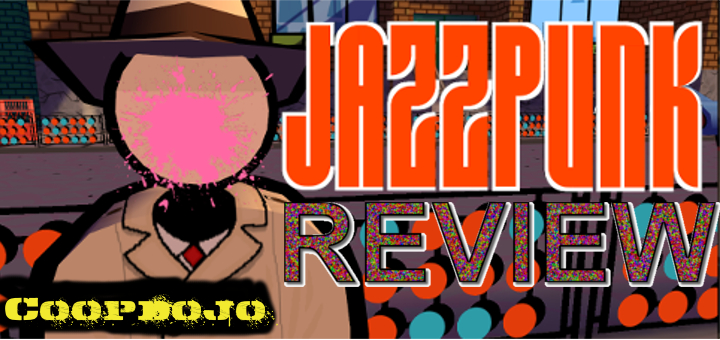
The Legend of Zelda: Breath of Wild Review
The Legend of Zelda: Breath of Wild is a big, brave game from the notoriously conservative Nintendo. It comes at a critical time both as the swan song for the tragically forgotten Wii U and as the flagship launch title and primary argument for the Switch. TLoZ:BoW already received tremendous scores for breaking up the mold of familiar Zelda tropes and standing apart from the series, but after sinking 40+ hours exploring this new Hyrule we’re left with a radically different impression. Breath of Wild is a brave game, yes; it’s just not a very good one.
This new game picks up 100 years in the future, after an epic but failed battle with Ganon, that resulted in most of the landscape being overrun by evil forces and the heroes of the fight all but disappearing from existence. Link gets left in a cryogenic chamber to recover for a century while Zelda went missing post the battle. You pick up as Link at this point suffering from amnesia to excuse the expository dialogue everyone offers on your journey and learning the ropes of the this very different Hyrule.

You know what guys, I’d rather keep my sword and you’d like to keep whatever’s in your creepy skull cave. Can we just call this a day?
Yes, the world is very different now. Hearts don’t appear when you kill enemies or break pots – you need to cook and eat food to restore your health. Combat is improvisational as weapons break all too quickly forcing you to find and fight with whatever is at hand. Most importantly invisible walls are hard to find as you can climb just about anything you find traversing entire mountains with enough patience and footholds.
A lot of this is refreshing update to the well worn mechanics of Zelda. We actually enjoyed coming up with creative recipes to fend off the cold or finding upgrades to a particular outfit. But along with these mostly aesthetic changes the game also makes some serious changes to core Zelda elements.
There are no dungeons anymore – let’s get that out of the way. Instead there are four entirely optional puzzle chambers (in the shape of enormous robotic animals that torment the corners of the map) that if completed make the final battle easier to complete. There are also no unlockable weapons or gadgets to find. You get every tool you need during the tutorial. Finally heart containers aren’t doled out then at the completion of a significant chapter of the game, instead you can acquire heart containers by finding and finishing any of the 120 hidden shrines across the landscape. Each completed shrine nets a Spirit Orb and four of those can be traded for a heart container or stamina upgrade – again, entirely optional.
But that’s just a description of how the game is functionally different, how does it work?

Fights with guardians become the Schrodinger’s cat of battles. When that laser comes, you’re both dead and the victor until you can see again.
For us, the game presented enormous potential when we started. The world feels massive and despite fast travel, a handy glider, and tamable horses throughout, you will spend most of the time simply wandering the map being romanced by what’s around the next corner or what that bizarre labyrinth is on the horizon. It’s an impressive world to explore and we couldn’t wait for the patented Zelda experience to begin. But that’s the problem; it never really gets to be fun.
The world is so open that there’s little to no narrative to tell. After the opening tutorial you could likely go straight to confront Ganon if you were capable of enough. Even open world games like Fallout or Skyrim at least have a few main storyline quests to build up the central plot before the finale.
Additionally death comes all too easily due to some OP enemies (screw you, Lynel!) or a misjudged precipice that’s just a few feet higher than your current stamina allows resulting in your deathly plunge. At first you’ll want to explore this world but over time you’ll come to realize this is a mistake. Other than shrines that net you the same exact prize, there’s little else to find that won’t break during your next skirmish.

Between the annoying battles that break everything in your possession, you should take a moment to appreciate the view.
It’s a shame because this does feel like a big game and an important moment in the Zelda franchise but the combination of these changes just doesn’t work. Maybe if weapons broke less often. Maybe if inventory management didn’t get in your way constantly before you find hundreds of Korok seeds. Maybe if in their urgency to shake up the core elements Nintendo didn’t lose sight of what makes Zelda games compelling in the first place — the series has existed for nearly 30 years for a reason.
Instead after the strong opening act that hints at a world of possibilities on the horizon, you’re left with a world that’s not much fun to explore and a game that isn’t really concerned to tell us why we should care about any of it really.
What works
Leaping from the tutorial platform to the open world below is a fantastic moment in this game.
What doesn’t work
So much after you land really. Every weapon you find will break. Every shrine you find will have the same prize. The world is vast but no reason to comb through it. And, after a while, you’ll start to miss the occasional dungeon or triforce piece.
Overall: 3/5 – Good but skippable
Nintendo went on record that they wanted to change everything we knew about the Zelda franchise. They did it. This is the very least Zelda feeling game in the franchise. It’s still a good game, just not the great Zelda game we all want it to be.

This bodes well for Zelda’s future – it’s just not here yet.


